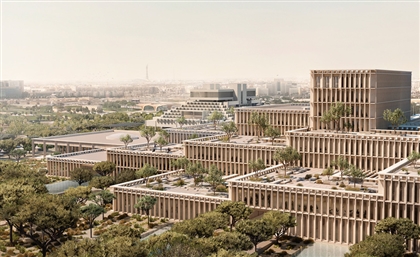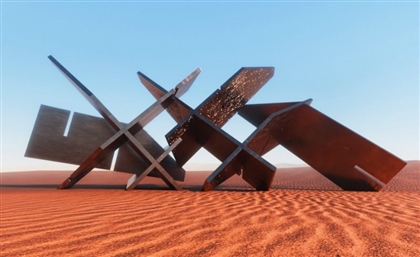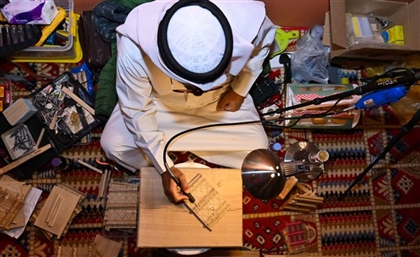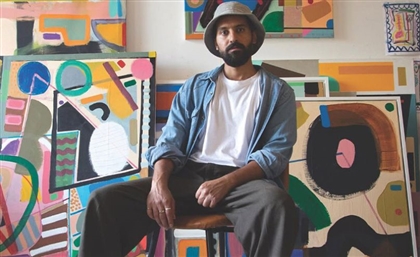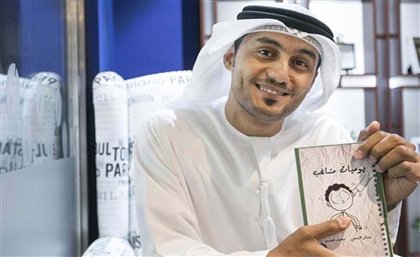Palestinian Architect Dima Srouji is Keeping Tradition Alive in Glass
Through the curvy silhouettes of her work, the Ramallah-based architect is uncovering silenced Palestinian histories.
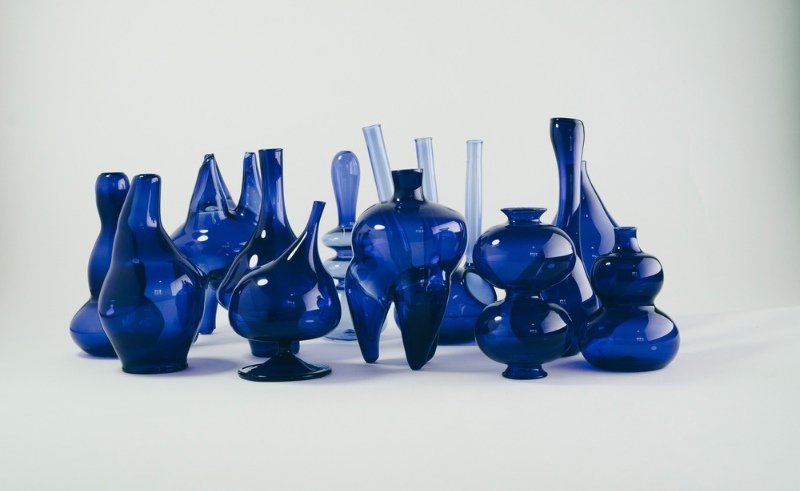
There’s a wave of Palestinian architects and designers that are reimagining how we deal with traditional objects and materials that are often taken for granted. Amongst them is Dima Srouji, a Palestinian architect based in Ramallah whose research-based work focuses on uncovering hidden and silenced narratives by reviving a nearly extinct craft.
While she isn’t currently designing buildings, Srouji still views her work through an architect’s eye, applying contemporary design thought when shaping hand-blown glass pieces. Srouji’s approach is informed by the nuances of colonial occupation in Palestine, and how it affects everyday life and threatens craftsmanship.
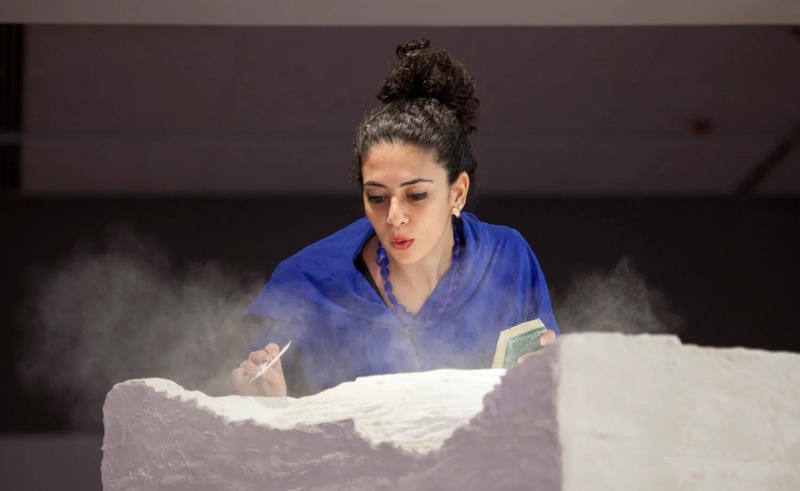
Glass blowing was Srouji’s way of examining Palestine’s constantly discredited heritage and identity, blending archeology, design and the revival of a lost craft. Aside from the sculptural silhouettes she produces, Srouji also works on films that highlight the history of misuse of archeological sites in Palestine, while teaching design at Birzeit University, which is located near the Palestinian Museum.
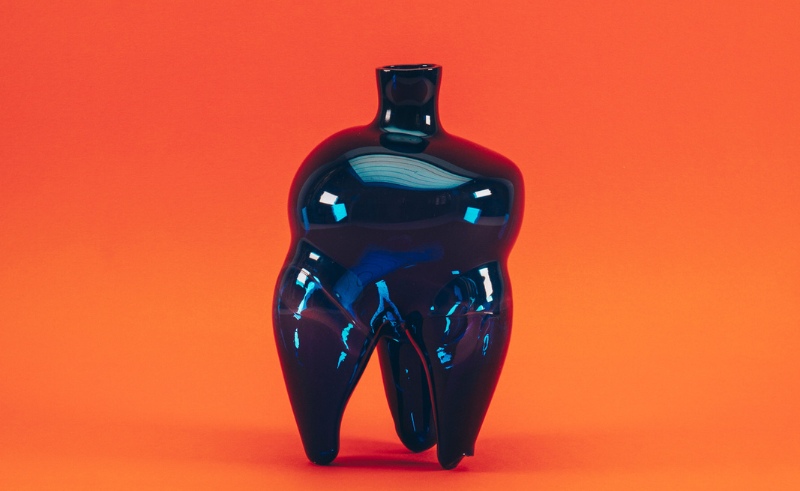
After living abroad and studying architecture at Yale, Srouji moved back to Palestine in 2016 where she worked with the Riwaq Center for Architectural Conservation in Ramallah. During her time at Riwaq, Srouji participated in a project renovating the historic city of Jaba’, which is where she encountered a glass workshop that would spark her passion.
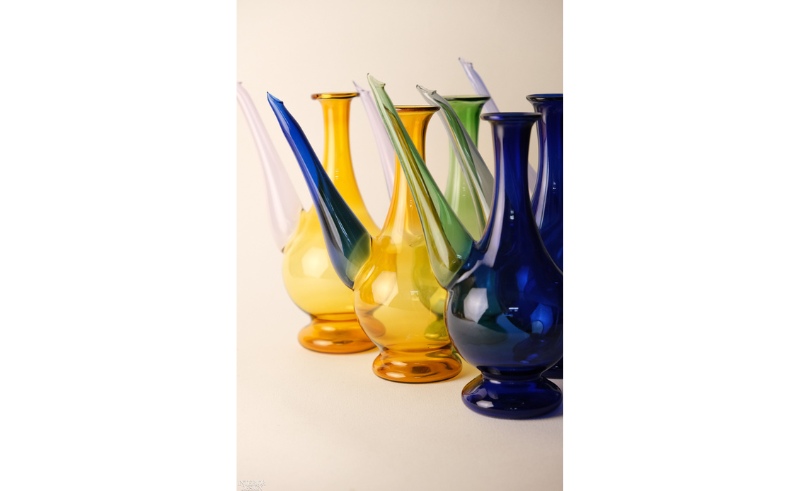
In Jaba’, Srouji met one of few families that have kept the tradition of hand-blowing glass alive not only in Palestine but in the region. Elsewhere in the Middle East, there are only a couple of families left between Syria and Egypt who still engage in the craft. A year later, in 2017, Srouji embarked on her experimental ‘Hollow Forms’ project, in which she seeks to explore the history of displacement of Palestinian objects and artefacts through blowing glass.
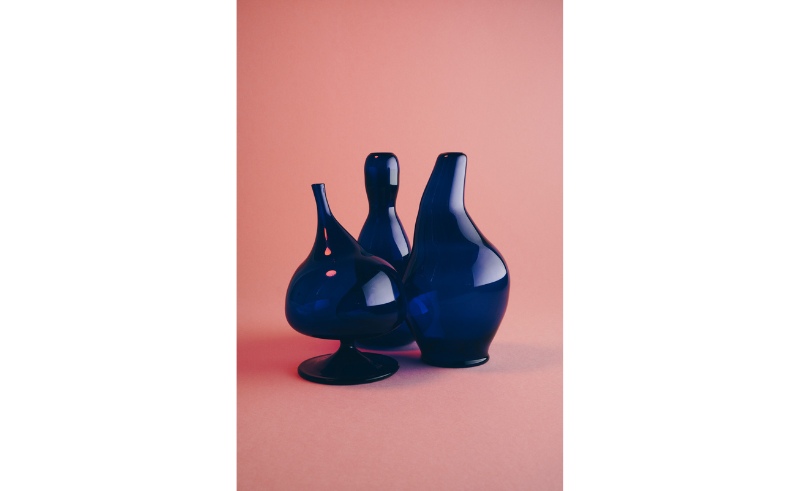
‘Hollow Forms’ was the project that encapsulated Srouji’s passion for contemporary forms and experimentation, but also her interest in political identity and research. By taking on a craft that is slowly fading away, Srouji isn’t only advocating for tradition - she also advocates for education of Palestinian history and oppression in the process. For example, some of the plants used to colour glass were ruled out by the British Mandate because it harmed crops, making it clear how Palestine was used and abused.
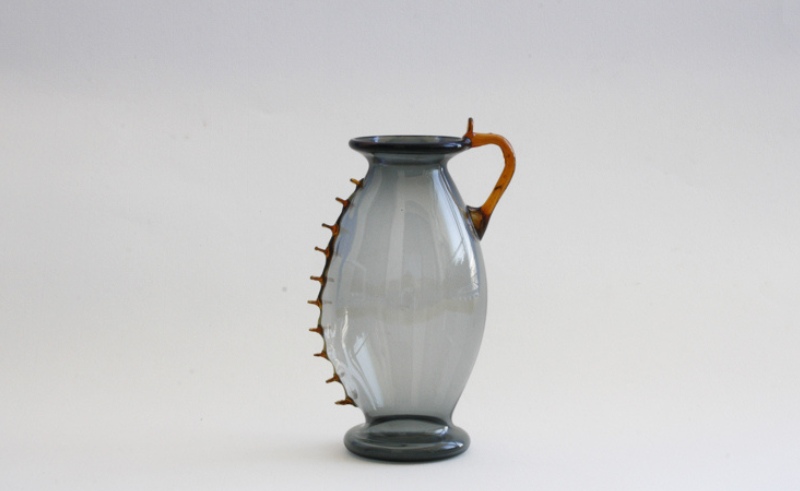
Srouji’s work is interdisciplinary, constantly fluctuating between research and experimentation. In her ‘Ghost’ collection, however, she brought archaeology and glass blowing together in a blend that represents her love for research and contemporary design.
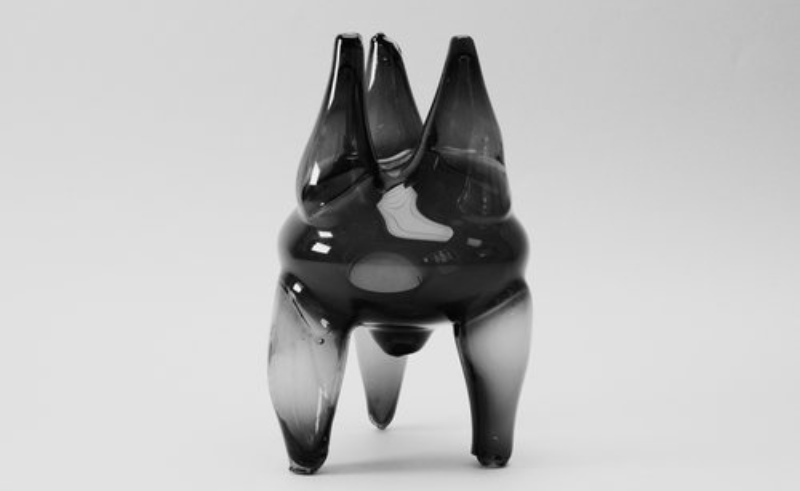
Srouji went on to work on a film titled ‘Sebastia’, in which she looks at the history of the archaeological site located north of the city of Nablus in Palestine.
Photography Credit: Mothanna Hussein
- Previous Article Italian-Palestinian Duo No Input Debuts Eponymous Electro EP
- Next Article Monochrome Monday: The Navy Blue Edition








